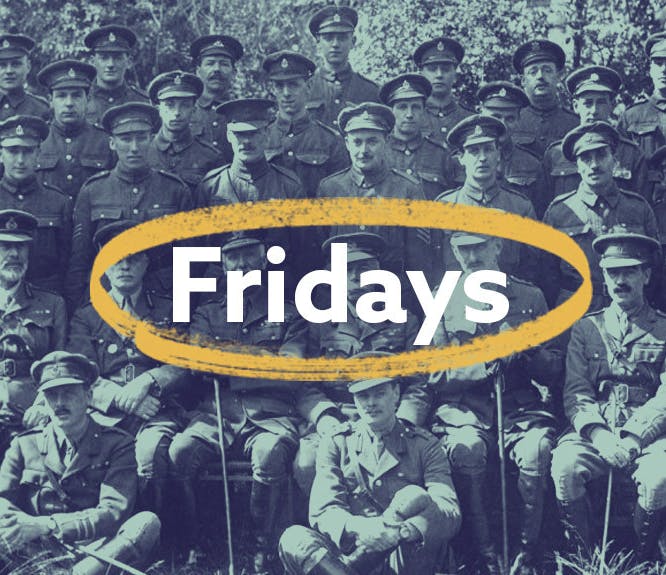From books to crafted goods, here's what gift-giving looked like during a Victorian Christmas
5-6 minute read
By Daisy Goddard | December 5, 2022
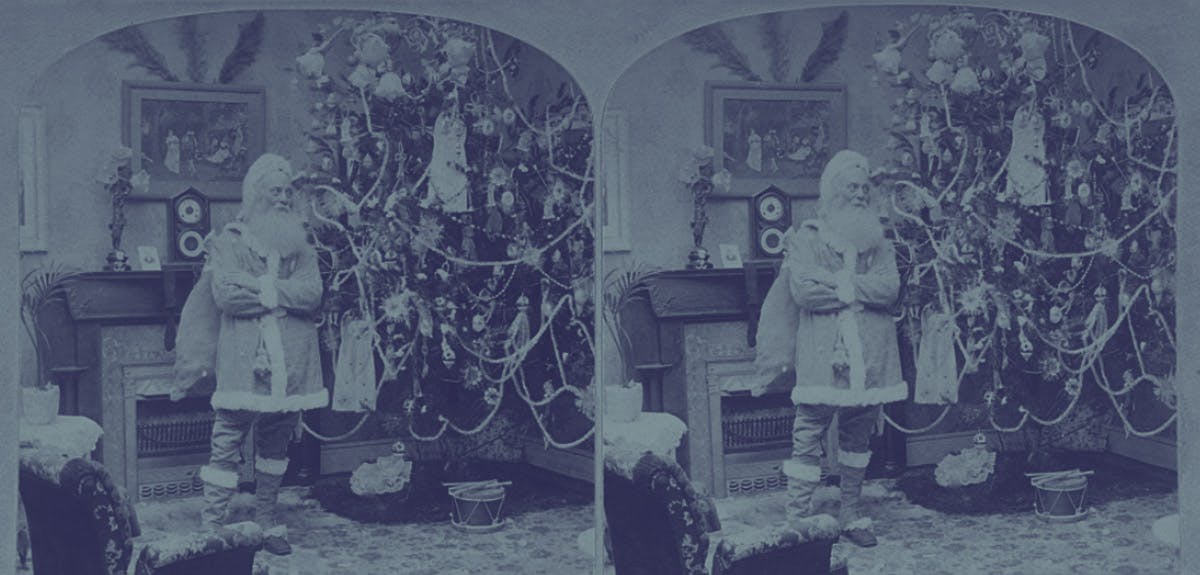
Although money troubles can dampen our festive spirits, Christmas need never be cancelled. Like our hardy historical ancestors, we can make the best out of what we do have.
Although we live very different lives from our Victorian ancestors, now is the perfect time to reflect on their Christmas stories.
From the handmade presents of the late Victorian era to the adapted gifts given during World War 2, we can take inspiration from their Christmastime thrift, and learn a lot about our past along the way.
A Findmypast gift subscription allows you to give your loved ones the gift of their past this Christmas. With millions of records at their fingertips, it’s never been easier for your friends and family to delve into their history. You never know what they might discover.
For the first blog in this two-part gifting series, we’re in Victorian Britain, asking: how did our 19th-century descendants find their festive joy despite the struggles of the era?
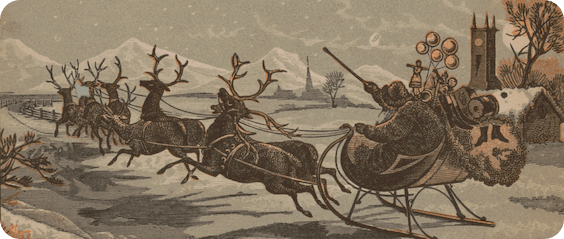
A Victorian trade card featuring Santa's sleigh, c.1880-1890.
Next week, the second instalment in this series will uncover how Britons maintained their Christmas spirit during the tragic events of World War 2.
Life in Queen Victoria’s Britain
Britain’s population boomed in the 19th century, almost doubling in England between 1851 and 1901. The era was one of great change, as the nation entered the world stage as an industrial power.
But life in Victorian Britain was no walk in the park. Work was often insecure – take the example of North-East's docks, where crowds of men gathered every morning in hope of a day’s work.
The workhouse was a brutal fall-back option for the unemployed, while many women worked in sweatshops, known as the ‘slop trade’. This harsh life was a far cry from that of the reigning monarch, Queen Victoria.
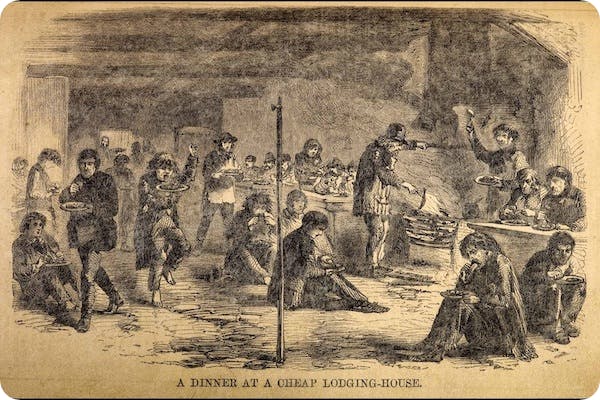
Dinner at cheap lodging house, 1859. Artist unknown.
The 1890s were particularly harsh, as the ‘long depression’ of 1873-96 led to a rise in unemployment and poverty.
A very Victorian Christmas
As December rolled around each year, hardship affected how Victorians celebrated Christmas. Often organized by the local church, many charity programs provided food, warm clothes and gifts to the poor around Christmas.
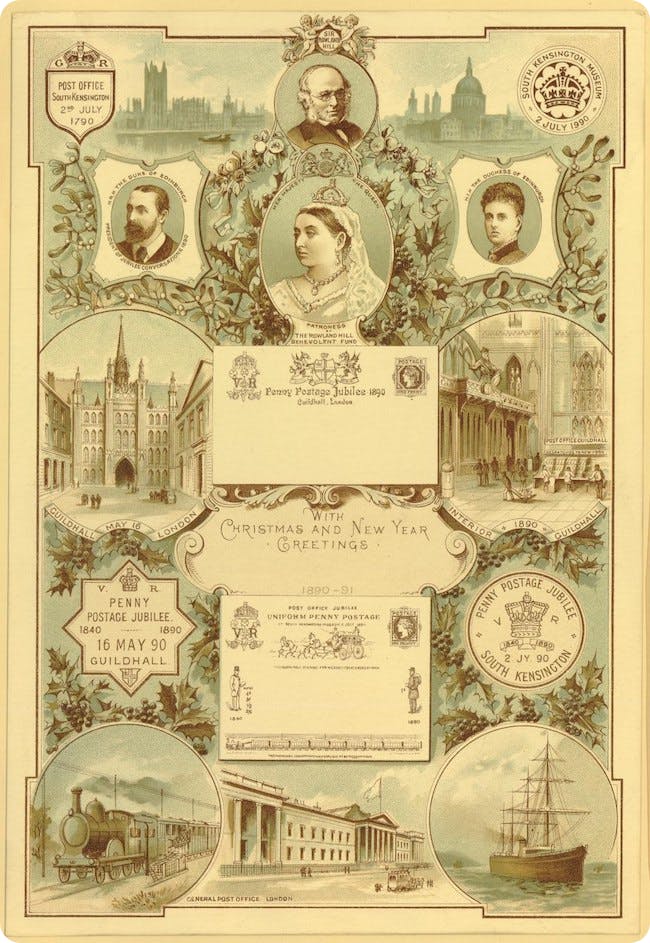
Christmas card from 1890 depicting Queen Victoria, the Duke and Duchess of Edinburgh, and Sir Rowland Hill.
Despite the daily struggles of the period, gift-giving remained a popular tradition. Many families tightened heir belts in the 1890s, but they still found ways to give thoughtful presents to loved ones.
Most popular gifts of the 1890s
Here are some of the most popular thrifty gifts of the late Victorian period, as found in our extensive newspaper archive.
1. Handmade presents
A glimpse into the archive’s historical pages reveals the popularity of homemade presents in the 1890s. In contrast to the expensive store-bought gifts advertised in many local newspapers (like this one from 1894), there was a clear demand for cheaper alternatives.
"‘For the first class the shops cater magnificently, but to others, a few suggestions for home-made presents may be welcome'. "
In this 1892 article in the Nottinghamshire Guardian, Miss Wilton provides several thrifty ideas. These include embroidered bed sheets and a newspaper rack made using a skipping rope and ‘two lard pail lids’.
In the same article, Miss Wilton also discusses an even more unique gift - a ‘combination photograph and pin-cushion'. As they could be made cheaply with basic sewing materials, pin cushions are some of the most popular homemade gifts found in the archive.
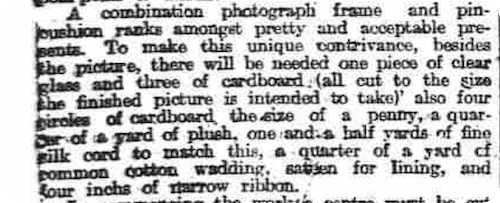
The Nottinghamshire Guardian, 17 December 1892.
Although Miss Wilton didn’t put a cost on her special pin cushion, we can expect that it was far cheaper than similar store-bought products. Take the ‘horseshoe silver pincushion’ advertised in the Illustrated Sporting and Dramatic News, for example, which cost 25s.
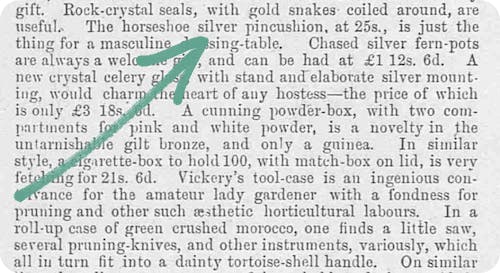
The Illustrated Sporting and Dramatic News, 15 December 1894.
Among working families, a week’s rent cost an average of 5s in 1888, while around 4s was spent each week on meat. Although these are very rough averages (provided in The Nineteenth Century, 1888), they offer insight into the cost of living in Victorian Britain.
Luxury goods like the carriage rugs, pruning knives and cigarette holders advertised above were out of the reach of much of the population. It’s no surprise that handmade gifts were so popular. Some newspaper articles even commented on the superiority of homemade gifts over their shop-bought alternatives.

The Nottinghamshire Guardian, 17 December 1892.
Thrifty presents like embroidered sheets and handmade photo frames carried with them great sentimental value.
2. Useful gifts
While gift-givers got thrifty during the Victorian era, they also got practical. Unsurprisingly, many looked to cut costs by giving useful presents to their loved ones, from underclothes to home furnishings. This advert in the Aberdeen Evening Express makes the case for such useful gifts:

The Aberdeen Evening Express, 21 December 1893.
As winter rolls around, the oncoming cold weather is impossible to ignore. This was even more true in the Victorian era, with its tougher conditions.
This advert in the Essex Herald, put out by Essex-based draper J. Howard, advertises a wide range of blankets, including heavy striped travelling rugs and all-wool fawn blankets for around 2s, and Witney blankets for 6s.
In addition to blankets, clothing was also popular. Parents could buy their children warm underclothes for a low price, as indicated by this advert in the Aberdeen Evening Express from December 1893.
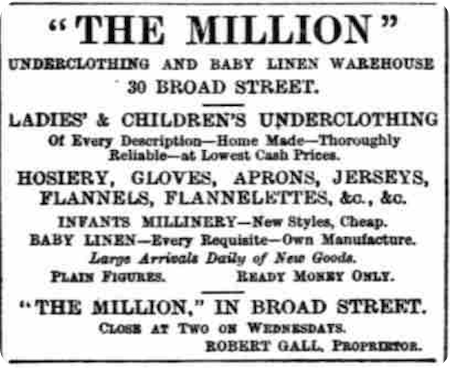
The Aberdeen Evening Express, 21 December 1893.
The archive is full of adverts for children’s clothes, ranging from the warm underclothes detailed above to the white lace pinafores and pelisses advertised on this page of the Dundee Courier.
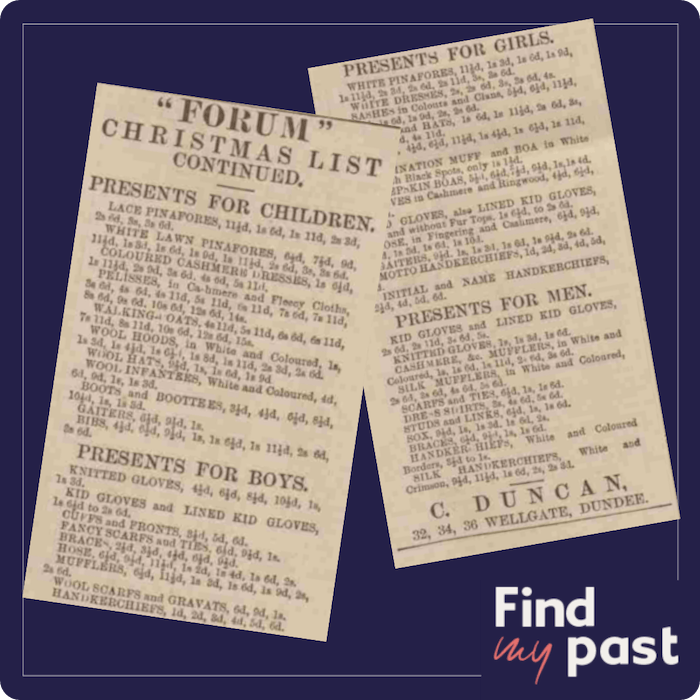
The Dundee Courier, 20 December 1894.
Giving children clothing for Christmas helped parents to make ends meet. Although underclothes weren’t as exciting as the dolls and rocking horses in the toy-shop window, they were nevertheless a much-needed source of warmth in the winter months.
3. Books: the priceless gift of knowledge
In addition to homemade and useful gifts, books are the third gift category that our research uncovered.
People gave works by the popular writers of the period for Christmas, including Margaret Oliphant, Joseph Conrad, and H.G. Wells, as well as the classics like Charles Dickens and the Brontë sisters. This 1894 report reflects literature’s enduring popularity:
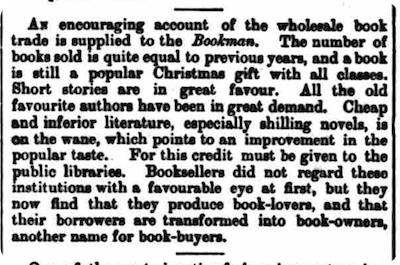
The North London News, 24 February 1894.
The 1894 article below is just one example of a typical bookshop’s offerings, which ranged from Tennyson’s full works, bound in Morocco, costing 15s, to small poetry works and novels for around 2s. Cheap reprints of the classics, costing around 3s, were also available from some booksellers.

The Cork Constitution, 5 December 1894.
Short story collections were a popular gift choice. It isn't difficult to imagine the family gathered around the fire at Christmas, delighting in all manner of exciting and mystical tales together.
One such collection was ‘Who killed Cock Robin? And other stories’ by F. C. Gould, described by its seller as bound in ‘fancy cloth’ with ‘gilt edges’.
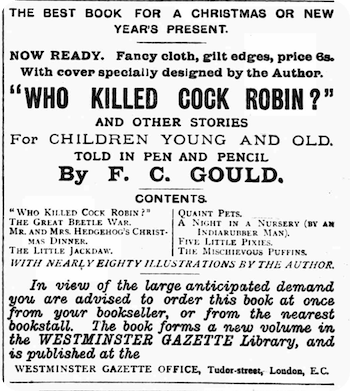
The Westminster Gazette, 27 December 1895.
An advert in the Westminster Gazette advised customers to place pre-orders for this volume due to ‘large anticipated demand’.
Our late Victorian ancestors clearly understood the sentimental and educational value of books. From A Christmas Carol to Miss Marjoriebanks, they spared no expense on Christmas literature, despite their often-dire circumstances.
Give the gift of their past this Christmas
Still looking for the perfect gift for that hard-to-buy-for friend or family member? Like the story collections of the Victorian era, each of our family trees is overflowing with fascinating tales (though these family history discoveries are far more personal than anything that can be found in a book).
A Findmypast gift subscription makes the ideal Christmas present for the avid learner in your life.
Head over to the Findmypast History Hub to explore more of our exclusive discoveries, from war memorials to the origins of the Christmas tree.
Related articles recommended for you

The Women's Prize Trust announces Findmypast as the inaugural sponsor of the Women's Prize for Non-Fiction
The Findmypast Community

Discover English records spanning over 350 years
What's New?
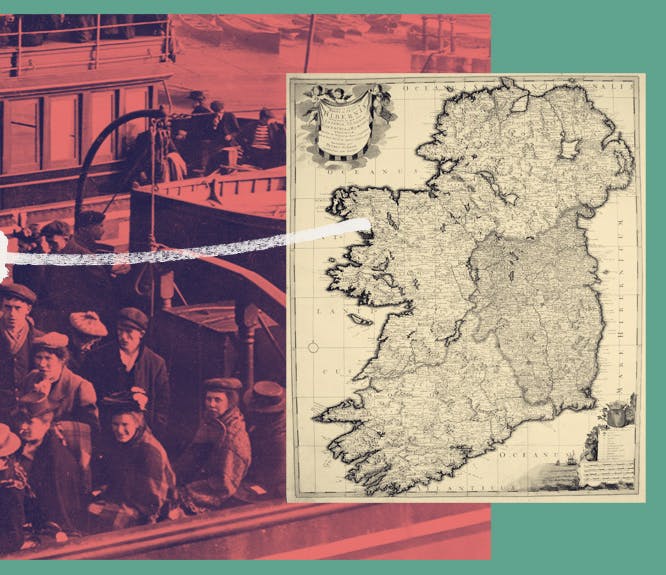
From Ulster to the US: Irish migration patterns and their impact on Irish genealogy
History Hub
